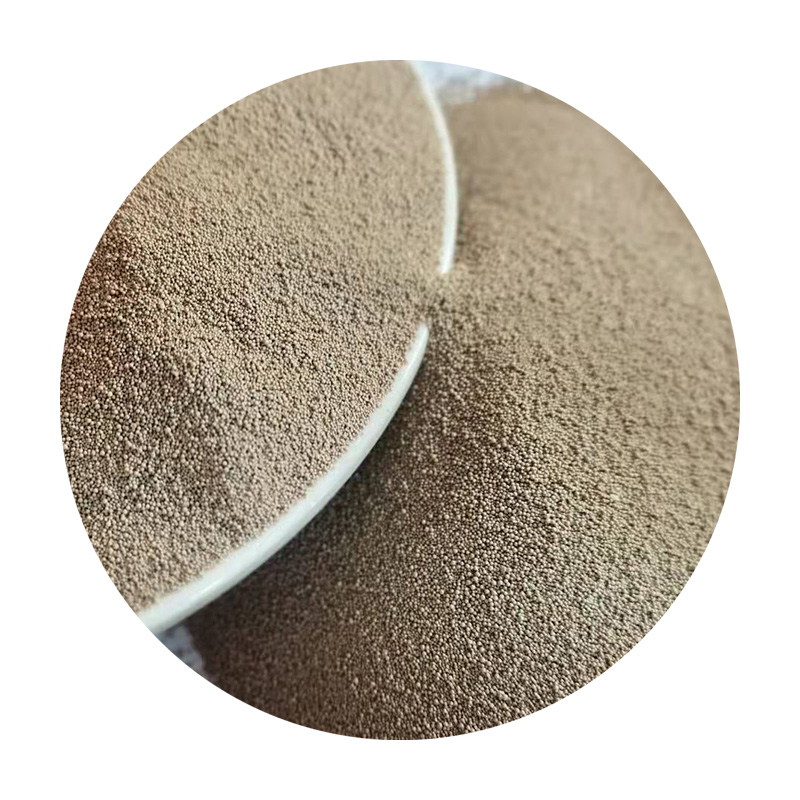Physical Properties of Foundry Sand
Foundry sand, also known as molding sand, is a critical component in the metal casting industry. Its physical properties significantly influence the quality of the castings produced and the efficiency of the casting process. Understanding these properties ensures that the appropriate type of sand is selected for different applications, ultimately enhancing the performance and integrity of the final product.
One of the primary physical properties of foundry sand is grain shape. The shape of sand grains can vary, ranging from angular to rounded. Angular grains interlock better, offering high strength and stability, making them suitable for complex molds. Conversely, rounded grains provide better flow characteristics, facilitating easier mold filling. The choice between angular and rounded sand grains depends on the specific casting process and the complexity of the molds required.
Another vital characteristic is grain size or particle size distribution. The size of sand grains affects the permeability, strength, and thermal properties of the molding material. Fine sand, having smaller particles, can produce smoother surface finishes on castings but may lead to reduced strength and permeability. Coarser sand, while enhancing strength and airflow, can produce rougher surface textures. A well-graded sand, containing a mix of various particle sizes, often yields the best overall performance by optimizing both flowability and mold strength.
physical properties of foundry sand

Moisture content is also a crucial physical property, as it influences the binding characteristics and the ability of the sand to hold its shape. Foundry sands are often mixed with a specific amount of water and binders to enhance their cohesion. Too little moisture can lead to inadequate mold strength, while excessive moisture can cause expansion and defects in the casting. Therefore, maintaining an optimal moisture level is essential for achieving the desired casting quality.
Thermal conductivity is another important property of foundry sand. This characteristic dictates how well the sand can dissipate heat from the molten metal, affecting cooling rates and the solidification process of the cast product. Sands with high thermal conductivity can help achieve finer details in the casting process and reduce the occurrence of defects such as hot tears.
Lastly, the ability of foundry sand to be reused makes it economically advantageous. Recyclability largely depends on the sand's resistance to thermal and mechanical decomposition during the casting process. High-quality sands can endure multiple uses without significant degradation, leading to both cost savings and environmental benefits due to reduced waste.
In conclusion, the physical properties of foundry sand, including grain shape, size, moisture content, thermal conductivity, and recyclability, play a crucial role in the metal casting industry. By understanding and optimizing these properties, manufacturers can enhance the quality of their castings, improve production efficiency, and reduce costs, ultimately driving advancements in this vital field.
Post time:окт. . 30, 2024 11:01
Next:cast iron sand casting
